Joseph Haines/Hains, my 3rd great uncle, was the elder brother of my 3rd g-grandfather, William John “John” Haines. He was likely born in Richibucto, New Brunswick, Canada, 22 June 1849 to John Hains and Alice Edith Childs, the eldest of seven, a family of five boys and two girls.


Joseph’s mother died in 1859, when he was ten years old. His father’s widowed sister, Patience, joined the family, likely to help raise the children.

As depicted in his sister Mary’s diary, they were a close knit happy family, until their father remarried in 1865 (to Jane Clare) when Joseph was about sixteen. The couple added four children to the family, all girls.
Letters imply their step-mother was not well liked. In a letter to his sister Mary (original here), Joseph writes in part:
Now Mary, you know as well as I can tell you that your step-mother doesn’t like you or me either and no wonder when I threatened to throw her out of the window as she told you and you know that is too strong a language for the laws of any country. Not only that, but before you went home last year to see father you knew very well that you could not meet Jane, as you call her, on any friendly terms whatever . Now tell me what was the use of your going home when you wanted nothing from them. You have a good name, good wages, good head….
Probably the reason Joseph left home and became a ship’s mate. Although no record of Joseph’s voyages have been located in Ancestry.com’s database, Seafarers of the Atlantic Provinces, 1789-1935 (brothers John and George are named in this database).
Despite a disdain of their step-mother, the elder children did seem to have a relationship with their younger sisters, based on their exchange of letters (Mary’s descendants hold letters from three of her four younger sisters).
When Joseph became ill, on 7 May 1879, he was admitted to St. Thomas Hospital in London, County of Surrey, sub district Lambeth Church. After a lengthy illness, he died in his 32nd year, on 24 Jan 1881, and is buried at Norwood Cemetery, London. Cause of death was: “aneurysm of the thoracic aorta” [an abnormal widening or ballooning of a portion of an artery due to weakness in the wall of the blood vessel. A thoracic aortic aneurysm occurs in the part of the body’s largest artery, the aorta, that passes through the chest].

In October of 1880, Joseph wrote to his sister Mary that his artery is getting hard or consolidated, he is likely to choke at any time while he is coughing, thus he can eat nothing hard like potatoes or apples. The nurses make him soup, so he needs only to have it reheated at dinnertime.
He tells her that the doctor says that there is a 1 in 10 chance that he would go home. He hasn’t been allowed out of bed for 6 months (although he did walk a bit without the nurse and the doctor would be angry if he knew as his pulse raised to 100).
He says he will never get better and will not be able to work. He tries to explain his illness – the artery is so large in his chest that it blocks other arteries so the blood doesn’t circulate as it should. Joseph includes a hand drawn picture:

Joseph has found religion and Jesus a comfort and writes lengthy letters to Mary quoting the bible. He says that his life is in God’s hands.
He asks on a few occasions that she not mention girl’s names in her letters. The nurse gets his letters downstairs and very often he lets her read them. He has had to burn a few so that she would not read them.
He speaks of receiving occasional letters from his father, sister Lizzie and brother Alex. His writes of his brother “Johnie” (William John Haines, my 3rd g-grandfather) who is admittedly in a 5-year “wild and reckless” phase (read here):
April 1880…Johnie came twice with someone half drunk, he spent all his pay day in rum without buying any clothes for himself, so I could not help him when he went away as I had not a cent too much for myself….
Sept 1880…you grumble about Johnie being exposed by the family, but you screen him too much. That is really too bad that he has never went home, as he promised me when he left the hospital; the nurse gave him a Bible and I gave him a large quantity of books, some bought and some were presents to me, so that [is] the last I have heard of him, but still I am trying to make myself believe that he is short of funds and that he is working somewhere until he gets on his feet, so as he may go home respectable.
Joseph’s last days are captured in his sister Mary Ann “Alice” (Haines) Stevens’s diary:
1 Jan 1880: This past year has been a very sad one for me. My dearest brother Joseph entered the St. Thomas Hospital, London as a patient May 7, 1879. May 22nd I received a letter from him telling me all about himself. I shall never forget how I felt on reading his letter, and then to think he will never be the same active brother again. Today I am very dull and lonely for we were all seven children at home with my father, how many happy days we had together and this is one of the days we all loved so well. Today I am in the crowded city of Boston far from home and the brothers I loved so well.
Mary writes of receiving letters from Joseph every two weeks. He seems to be improving and expects to be home by Christmas. She records his birthday on 22 June.
1 Nov 1880: Received a letter from my dear brother, and photos of his nurses. He is still improving. He has charged me to keep Miss Corrie Rice’s [his nurse] photo for him. I have promised to do this and have given it a place in my album which was mine along side of his.
On 7 Dec 1880, Mary receives what will be Joseph’s final letter to her. Over the next few months, she wonders why no others have come and prays that he is headed home.
5 Feb 1881: …My God, the sad, sad hour has come for me. A letter this morning from dear Miss Rice informing me of the death of my dear, dear brother Joseph. He breathed his last on her own dear arm he loved so well, twenty five to five Monday morning, January 24, 1881. She states that to the last, he said, “don’t weep for me dears, I am only going to Jesus”. Then he said goodbye, left his last message to me with her, for me, and his dying gift. Then he raised his dear hands as if to meet the Lord, and said come Lord Jesus and take me for I am waiting for you. And his dear true spirit returned to God who gave it.
Mary continues:
He was a good kind true brother, always pleasant, always full of fun. He was tall and handsome. Had beautiful form, quick step, and just as light as it was quick. He had beautiful (neither light nor dark) curly brown hair when he let it grow, but he frequently kept it short. He had hazel blue eyes, red cheeks, his complexion fair. Wore his beard French style. His features were very even. In fact his face and form were handsome. He was very affectionate and generous. Always happy himself and liked to see everyone the same. If he had anything to divide, always gave the largest and best half away. I have lost dear friends but have never experienced anything like this…I miss his dear letters and his kind words of love and advice. All the pet names we called each other are fresh in my mind.
Many friends sent poems offering their condolences. Mary mourned. She received a second letter from Miss Rice saying that she followed Joseph’s remains to his resting place on 31 Jan and saw them lay peacefully in the grave.
Mary speaks of reading Joseph’s dying gift to her, a book.


She describes a letter from Miss Rice filled with yellow buttercups and daisy’s from Joseph’s grave and tells how Miss Rice planted the forget-me-not seeds which Mary had sent to England.

Mary reminisced of Joseph frequently:
16 May 1881: Five years ago today my dear brother Joseph came home from sea. I shall never forget how happy I was to see him. How I bounded to the door to meet him. Little did I think then it was the last time I would meet him there, or welcome him home.
12 July 1881: This is one of the days we all looked forward to with so much pleasure at home, the Orange parade**. Seven years ago today I went to the grand parade with dear brother Joseph. What a lovely time we had.
**July 12 is the date that commemorates the Battle of the Boyne, and the victory in 1690 of a Protestant army led by William of Orange over A Roman Catholic one led by James II, the deposed English king….the Orange Lodge, an extreme anti-Catholic organization rooted among the Scots-Irish, Protestant culture of Northern Ireland wielded considerable and often provocative power. Scots-Irish immigrants to English Canada brought their Orange loyalties, and anti-Catholic attitudes with them. The Orange Parade would have been put on by the Orange Lodge, which was an association of Northern Irish Protestants, The Orange Lodge became politically powerful, well into the 20th Century it was virtually impossible for anyone who wasn’t a member of the Orange Lodge to get elected to city council. The annual Orange Day parade was one of the biggest public events in the predominantly “white, Anglo-Saxon, Protestant (WASP)” city of the time.
23 Aug 1881: Five years ago today I spent the day mending dear brother Joseph’s clothes…Then I packed his trunk, putting in all the little surprises, presents that he was to find when at sea. Oh dear, how lonely I felt as I sat down and looked at all the things all packed up and ready to start. When just then I heard on the stairs, the well known proud step of my brother, and as quick as I could, I brushed away my tears and tried to smile. But he saw me and said, now Mary, why can’t you be like other sisters and let me go away in peace, and not act as if I were never coming back again. You know seafaring men can’t all stay at home and as long as my heart is on the sea then I must work. And you know Mary I have the same God on the sea as on land and he will take care of me, and I will always write to you, and I will come home before long, and we can have another good time…..
Mary, cousin Jenny and Joseph then went for a walk. Mary recalls:
I will never forget how particular he was about my dress saying, now it may be some time before you have the pleasure of walking with as fine a looking man as me. So go take off that horrid looking dress and put on the one I like best to see you wear. So I did, and as I came downstairs again he met me at the foot of the stairs, and in his own mischievous way he offered me his arm. And said he only wished I was his bride and showed how he would walk with me if I were.
All hands laughed, and although I was not in the mood for laughter, I had to laugh. So we three walked on together little dreaming it was our last walk forever on earth, and so it proved to be. We talked over all our childish days, things we used to do and say, and had many good laughs. It was the last time I ever heard him speak of dear mother and he turned to cousin Janet and said “Mother laid the cornerstone of my heart”.
This day was spent very pleasantly. Joseph stayed most of the day upstairs where I was spinning and told sea stories. This was the last day we were together and in the evening his friend Robert Morton and he went to make a few calls.
The sun rose bright and clear (25 Aug 1876) I rose early and went to my brother’s room to have the last conversation with him. I tapped on his door and there was no answer, so I walked in. He was still sleeping. I sat down on the bedside and he woke up saying “darn glad you came, for I want to talk with you”. I put my arms around his neck and kissed him. He kissed me for the last time.
I never shall forget all this kind advice, and all the kind words he said. I went to the kitchen, got his breakfast ready, and he was soon ready to start on the train. Well 6 o’clock came at last, and when I got him seated at the breakfast table, I asked him if there was anything more for me to do. No dear, he said, looking up at me, unless you wash and mend my cap. And I had to laugh for he was so comical. Then I stole upstairs and gave that to my tears.
But I was not there long when I heard the sweet voice of my brother calling. He and all the family but me had gathered in the front entry. Through my tears I called one goodbye, God bless you, and a safe passage across. I look from my window and they’re on the front doorstep he stood. I shall never forget how handsome he looked, even more beautiful than ever as he tripped off up the road leading to the station where he was to take the train.
The last words ever I heard him say were, “goodbye Mary”, and never since his death have I ever been called by the name Mary but I think of him dear boy for that is the last remembrance I have of him. And to be called by that name always sends a pang to my heart to think of him [in her younger years Mary was called Alice or Allie, her middle name]. I sat for a little while, then I went to the room that he occupied when home but everything was gone belonging to him. I did not sit there long till the train on which he was to go came along, and there on the platform stood my dear brother Joseph waving goodbye to all. I waved my handkerchief till he was out of sight and the train entered the big cutting [she later says that this event took place at her Aunt Mary (Childs) Morton’s home in Restigouche].
Mary later (in 1882) travels to Europe as a nursemaid for Henry Longworth Longfellow’s grandchildren and has the opportunity to visit Joseph’s grave twice in Norwood Cemetery and to make aquaintence with his nurses at the hospital near the Westminster Bridge. They point out Joseph’s former bed, #28, in Sister George’s ward.

Mary did try to reach another of her brother’s nurse decades later at an address in Ireland, however the letter was returned as undeliverable.






















































































































































































































































































































































































































 Humphrey was likely the son of Edward (as noted previously Edward, his wife Elizabeth and Humphrey are the only Hugheses recorded as being buried at Floyd Cemetery).
Humphrey was likely the son of Edward (as noted previously Edward, his wife Elizabeth and Humphrey are the only Hugheses recorded as being buried at Floyd Cemetery).

































































































































































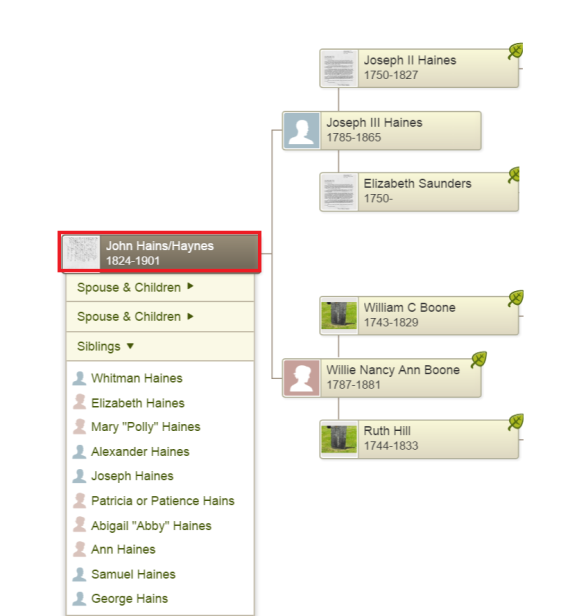
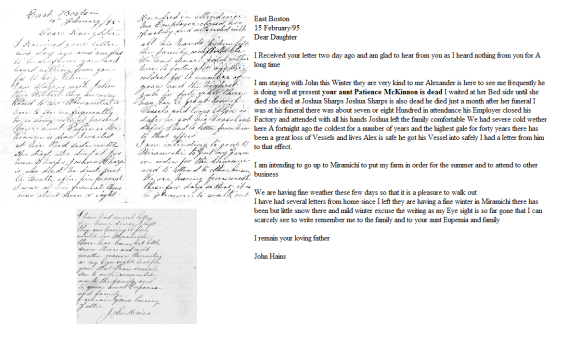
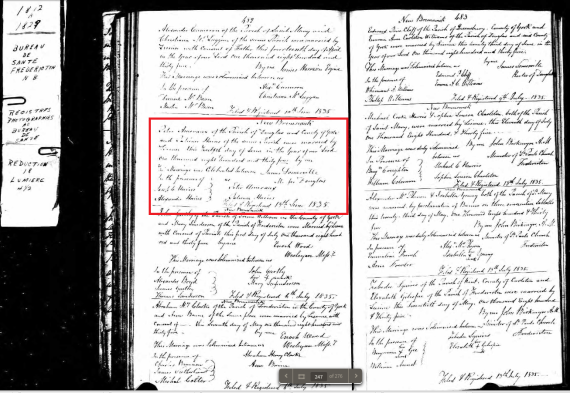
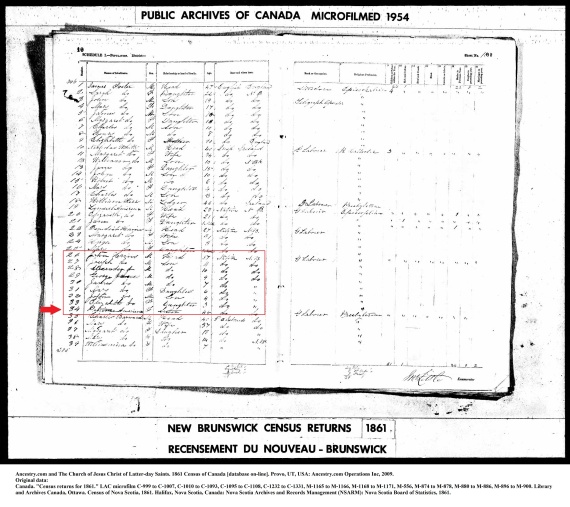
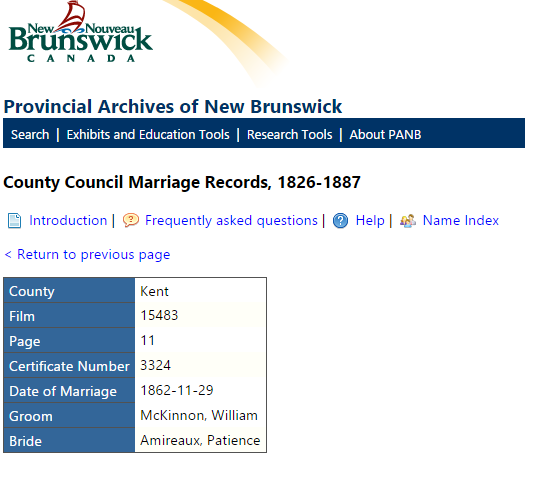
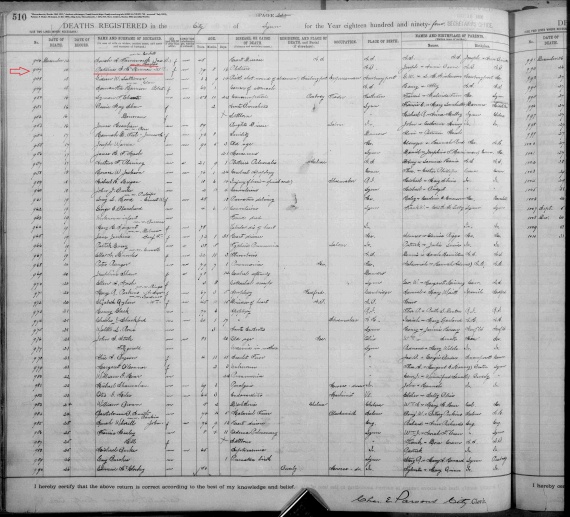
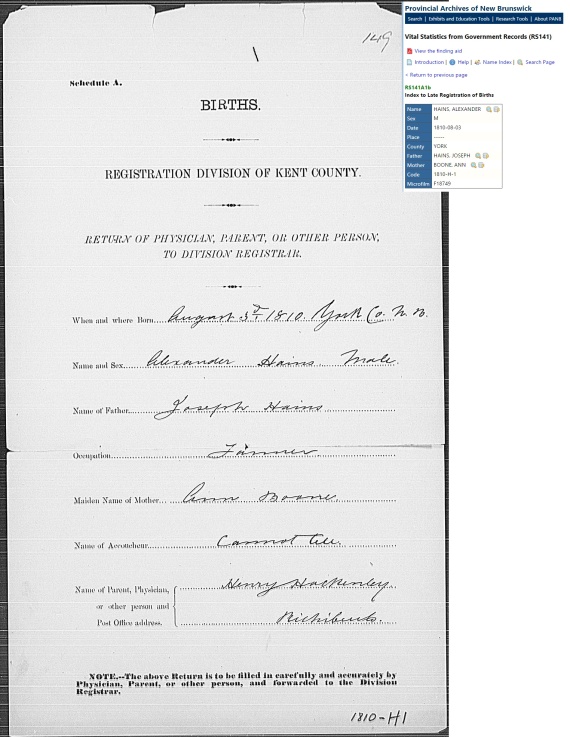

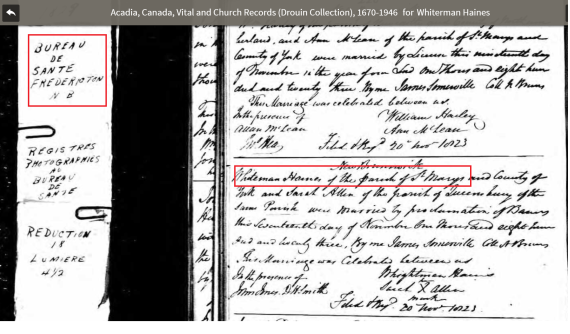
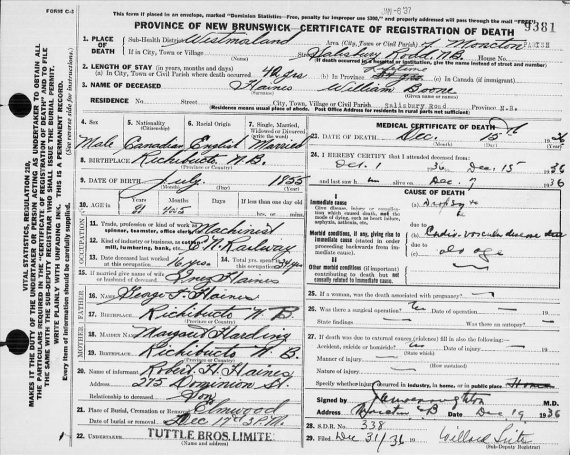
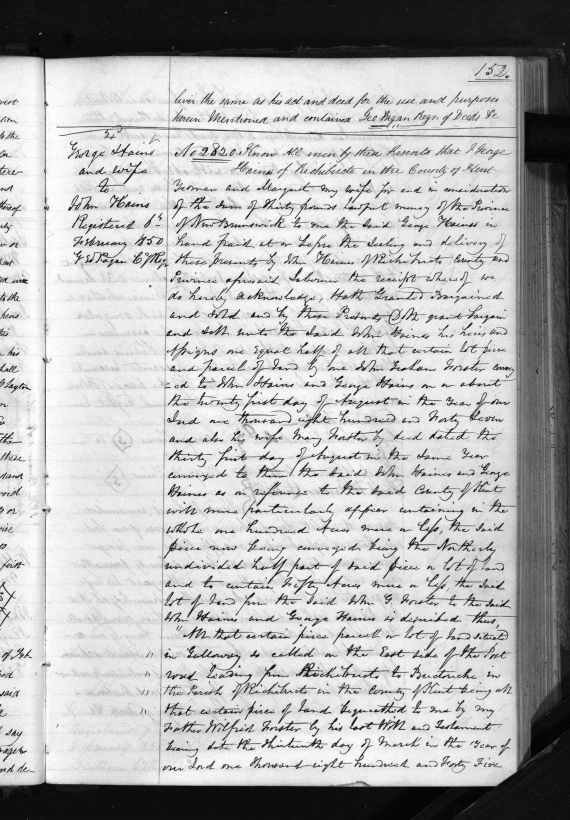
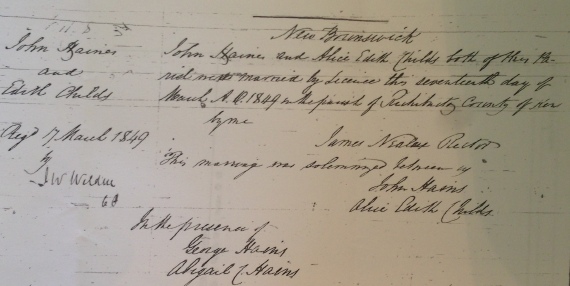
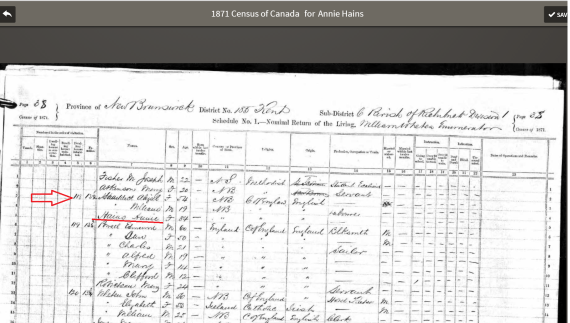
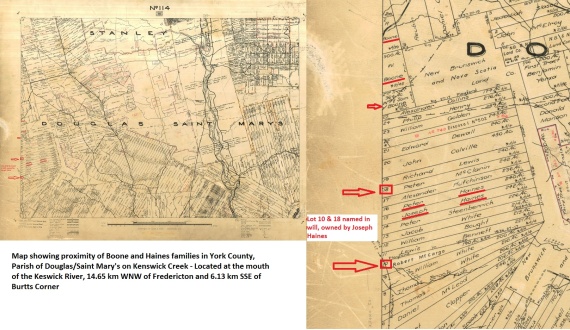
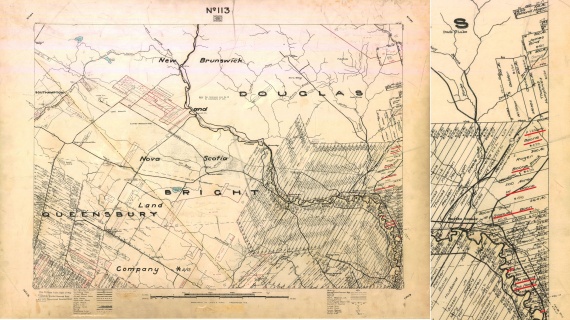



















































































































































































 Sadly, three of Laura’s children, Alfred, Yvonne and Lena became alcoholics.
Sadly, three of Laura’s children, Alfred, Yvonne and Lena became alcoholics.





































































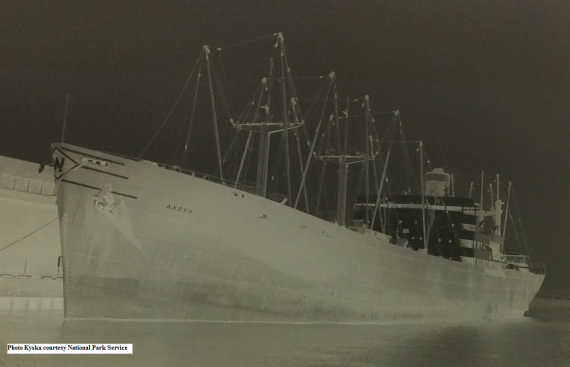






















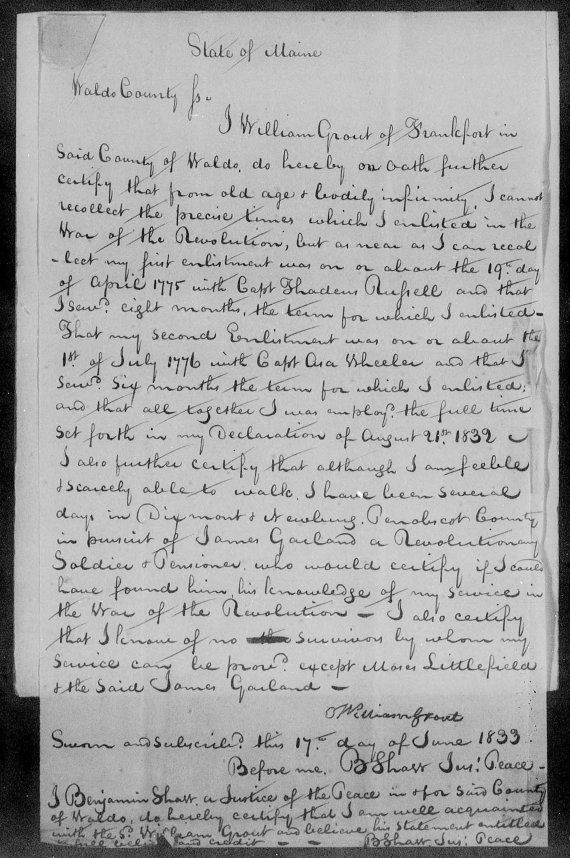
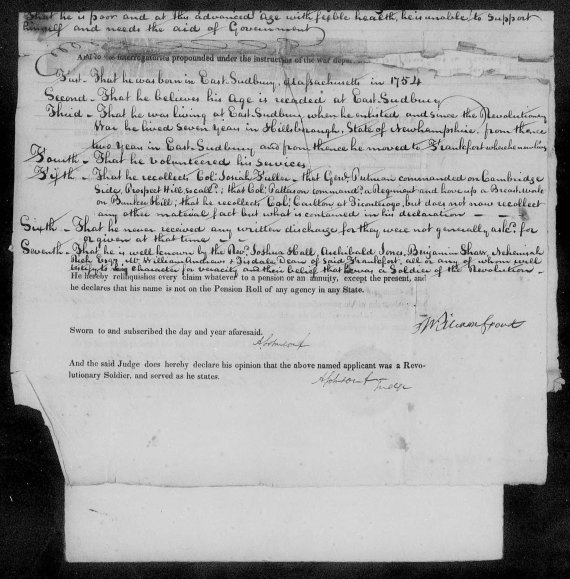














































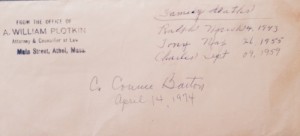
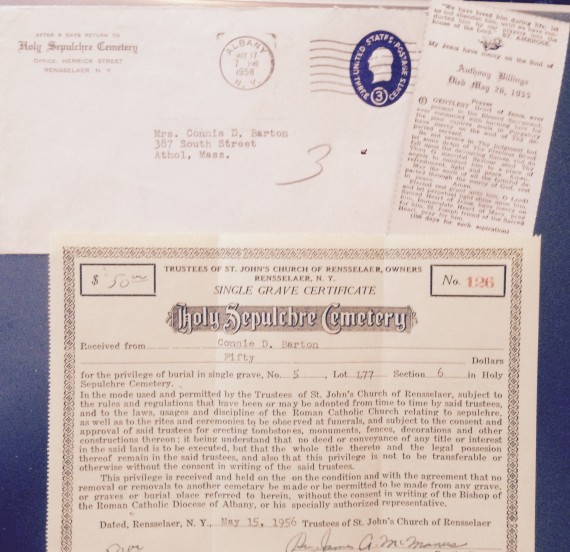

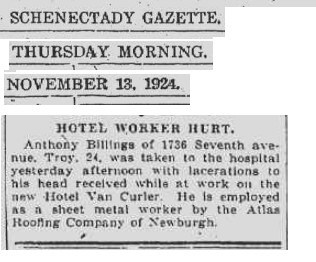























A Reader asks: Thanks for the kick to get me down there! How did you prepare? I haven’t “worked” their files yet.